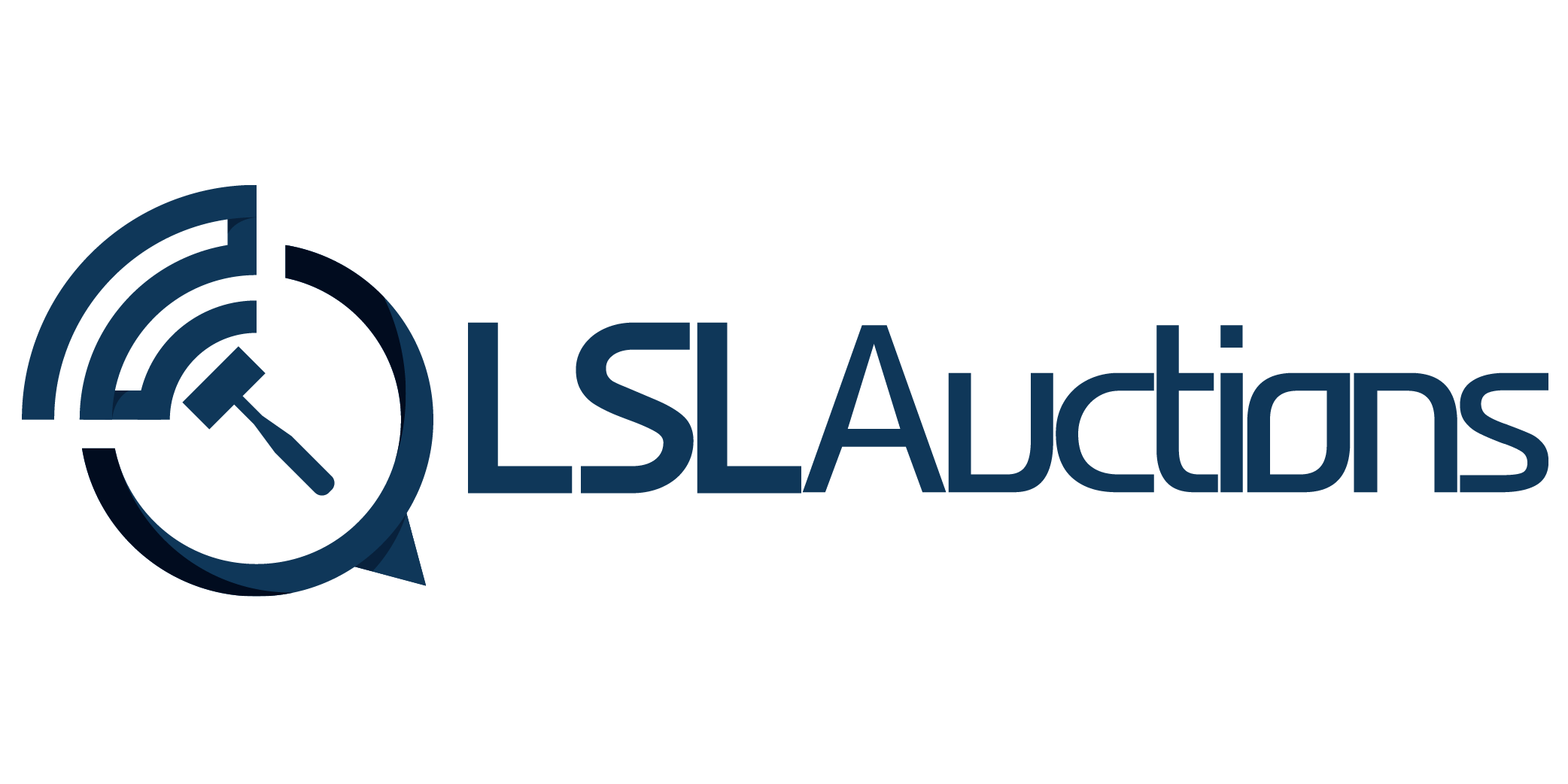Irish fertiliser sales are down 13.46% over a six-month period from October 2021 to March 2022, as compared to the same period in the previous year. This has been deduced from the Department of Agriculture, Food and the Marine’s (DAFM) latest statistics.
Managing Director of Grassland Agro, Liam Woulfe, estimates that in February alone, total fertiliser sales were back 50% on 2021, while the combination of sales for March and April were back to about 20%. The sales reduction figure for Northern Ireland could be around 10%.
In his view, “most of the reductions in fertiliser procurement seem to have taken place across our most intensive grassland areas. Milk output is down by around 4% so far this year. The weather has played fair so far this year, which means that a fall-off in fertiliser usage must be a major contributory factor in this regard.”
Many believe that the ongoing conflict in Ukraine will have a knock on effect for the sourcing of fertiliser for the Irish market in 2023. Woulfe adds: “Prior to the beginning of the war, it was possible to source product from manufacturers and suppliers in Russia, all of whom are now sanctioned out of the market. “And, even if the conflict in Ukraine does end within the foreseeable future, a significant cooling off period will probably be required before Russian fertiliser operations coming back onto the international market.
“In the absence of Russian fertiliser sources, the European market will be depending on sourcing all of its material from 60% of its traditional sources in 2023. This raises two fundamental questions. Can these operations alone meet the demand for fertiliser in 2023? And, if so, at what price?”
“Both options throw up major challenges for the Irish fertiliser sector. And the work required to arrive at a satisfactory resolution of these matters must start now,” he said.
LSL Auctions. LSL News.

